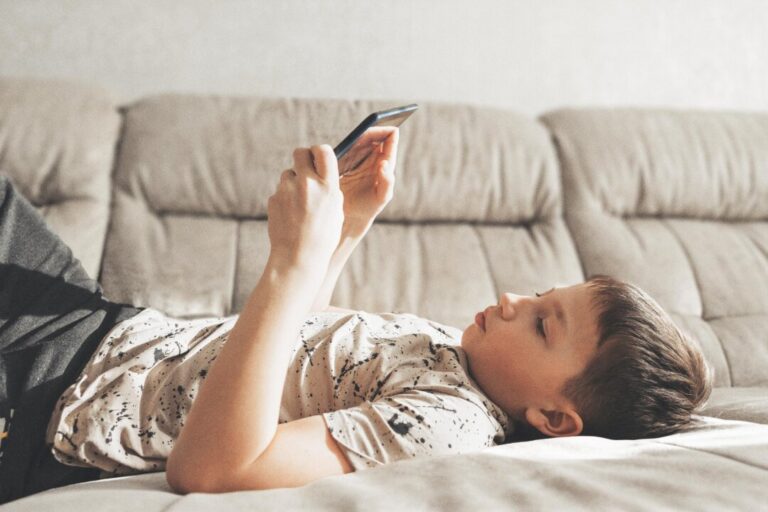Screens dominate modern life—from classrooms to playrooms—and children are developing myopia or nearsightedness at increasingly younger ages. What may seem like a simple need for glasses can actually set the stage for serious eye diseases later in life.
On NTD’s “Health 1+1” program, a sister outlet of The Epoch Times, New York optometrist Dr. David Tai warned that untreated childhood myopia not only worsens vision but also raises the risk of glaucoma, retinal detachment, and even blindness. He shared both medical strategies and everyday habits parents can use to protect their children’s sight.
The Hidden Risks of Childhood Myopia
Many parents believe that glasses are sufficient to treat their children’s myopia. However, Tai noted that as myopia progresses, the eyeball gradually becomes longer and thinner, significantly increasing the risk of other serious eye diseases, including:
- Glaucoma: Myopia, especially high myopia, significantly increases the risk of glaucoma. A 2024 review found that for each – 1 diopter increase in myopia—meaning a person’s nearsightedness worsened by one diopter—the risk of developing open-angle glaucoma rose by about 20 percent.
- Retinal detachment: Myopia increases the length of the eyeball, stretching the retina and making it thinner and more fragile. This elongation can lead to retinal tears, which may cause retinal detachment.
- Macular degeneration: Myopia increases eye length, which raises the risk of myopic macular degeneration, leading to blindness or severe visual impairment.
Scientific Methods to Slow Myopia Progression
Myopia involves more than poor vision. Worsening myopia can cause long-term, irreversible eye damage, making early prevention and control crucial.






